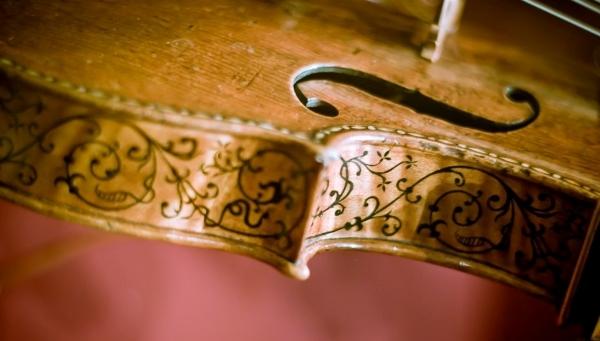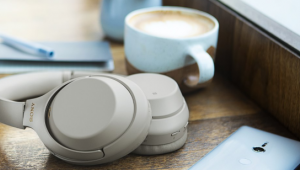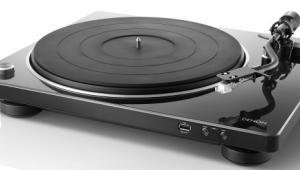The Stradivarius Sound Bank: Capturing a Stradivarius Before It Sleeps

The town of Cremona, Italy was home of the Stradivarius violin maker, Antonio Stradivari along with other world-renowned string craftsman, including Amati and Guarneri del Gesù. It is also home to the Museo del Violino, the Violin Museum that has painstakingly preserved and restored these precious instruments, some of which were created by Stradivari himself. Before the sounds of these instruments are lost forever, a team has begun an arduous journey to preserve these sounds and more importantly, make them accessible for everyone.
Audiozone, a company that creates and sells sound samples for sampling keyboards has spearheaded this project, known as the Stradivarius Sound Bank. Their goal is to capture every possible note and style of playing from four instruments chosen by the curators of the Museo del Violino — two violins, one viola and one cello, some which are almost 500 years old. Once all the sounds have been recorded, processed and archived, the sound files will be available to anyone and everyone, for free. This is a huge undertaking, and the end result is that any musician in the world will have access to these samples.
A team has begun an arduous journey to preserve these sounds and make them accessible for everyone.
“The sounds of these instruments have been reserved until now for an elite audience, but now they will be available to the general public,” Leonardo Tedeschi, a former DJ and the founder of Audiozone said in an Italian newspaper.
“The idea is to match these prestigious instruments with today’s innovative technology and digital software,” said Mattia Bersani, co-founder of Audiozone.
Transforming an Auditorium into a Recording Studio
Creating the sound files was a fascinating process. The auditorium in the museum was transformed into a recording studio, with 32 microphones placed throughout the space to capture the instruments from all angles. Each instrument was recorded playing scales, arpeggios, pizzicato, tremelo, and bowed — every possible configuration of sound was recorded and archived. This will let future generations piece together the sounds in infinite combinations to recreate the sound of a live performance. The process is similar to how voice technologies like Siri and Alexa were created. Every word and letter combination were recorded so they could be pieced together in whatever format was needed later.
During the sessions, an interesting problem was discovered. The streets around the museum are cobblestone, and sounds from cars and even footsteps on the sidewalks were audible in the auditorium and therefore, in the recordings. The mayor of Cremona, who happens to be the president of the Stradivarius Foundation asked the townspeople of Cremona to avoid the area and keep quiet for the month it took to record the instruments. Streets were blocked off, traffic diverted, and even the lightbulbs in the building were unscrewed to prevent them from creating any extraneous noises. Recording was scheduled to finish on February 9, allowing the city to resume business as usual in the area.
This exciting project will immortalize the sounds of these four instruments, and let musicians for years to come create music for everyone to enjoy. While many of us have never heard a Stradivarius played live, these recordings will let us hear the sounds, and perhaps even create music ourselves, long after the instruments have gone to sleep forever.




























































